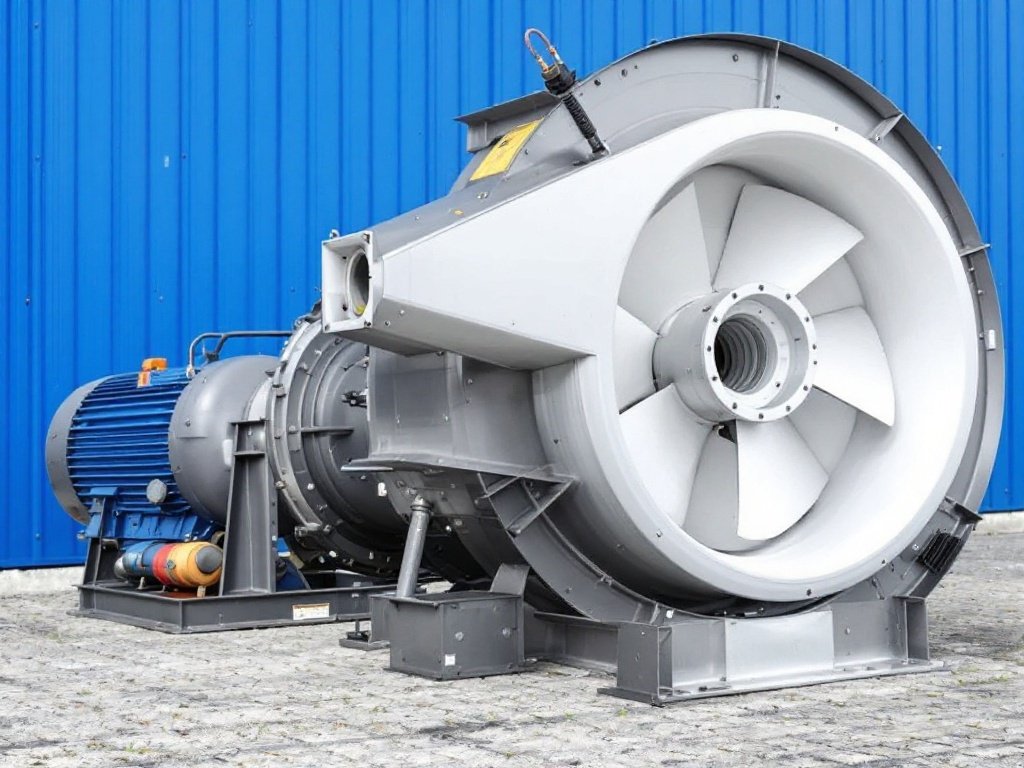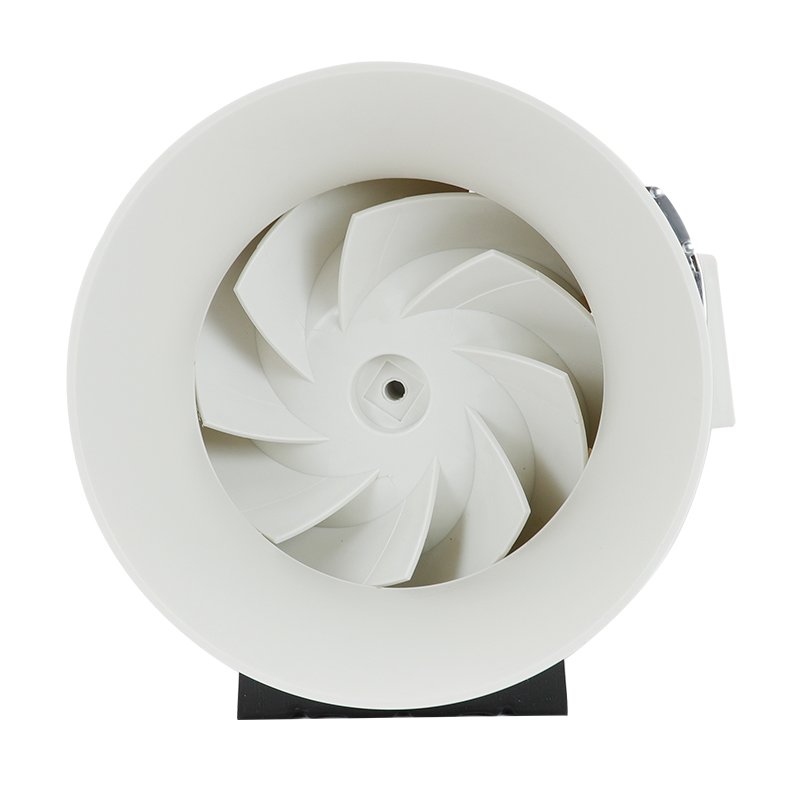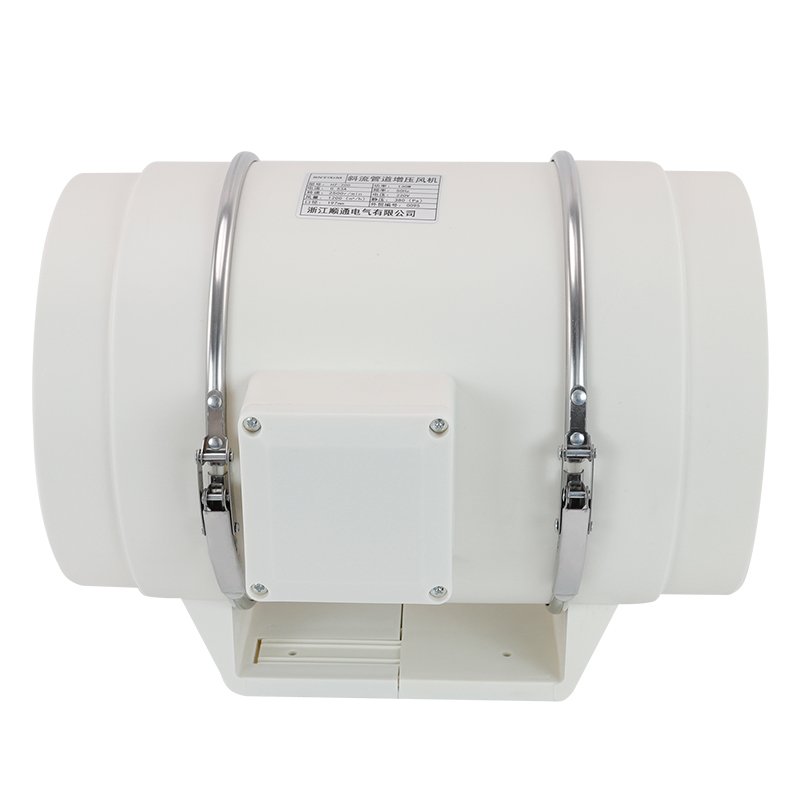Centrifugal fans are widely utilized in industrial applications to move air or gases, often as part of a larger ventilation, cooling or drying system.
This guide outlines an 8-step process for accurately sizing a centrifugal fan, covering factors such as airflow requirements, static and total pressure, system resistance, fan curves, fan type selection, environmental considerations, and energy efficiency.

Step 1: Determine Airflow Requirements (Cfm)
To size a centrifugal fan correctly, first determine the required airflow in cubic feet per minute (CFM). Consult relevant codes, standards, or engineered specifications to determine the appropriate CFM for your application.
Step 2: Assess Static Pressure
Next, assess the static pressure the fan must overcome. Static pressure is the resistance to airflow due to system components like ducts, filters, dampers, and fittings. It is measured in inches of water gauge (in. wg). To calculate static pressure, sum the pressure drops across each component in the system. Manufacturers provide pressure drop data for their components.
Step 3: Consider Total Pressure
In addition to static pressure, consider the impact of velocity pressure when sizing a centrifugal fan. Velocity pressure is the pressure required to accelerate the air to its final velocity. Total pressure is the sum of static pressure and velocity pressure.
Step 4: Evaluate System Resistance
System resistance, also known as system curve, represents how pressure drops through the system at various airflow rates. As airflow increases, resistance typically increases exponentially. Plot the system curve on a graph with CFM on the x-axis and static pressure on the y-axis. The point where the system curve intersects the fan curve determines the operating point of the fan. Ensure the fan can overcome system resistance at the required CFM.
Step 5: Use Fan Curves
Fan manufacturers provide fan curves that plot the relationship between CFM and static pressure for their fan models. These curves also show power requirements, efficiency, and operating speed. Overlay the system curve on the fan curves to select a fan that meets the airflow and pressure requirements efficiently. Consider fans with a non-overloading horsepower curve and a stable operating point.
Step 6: Select Fan Type
Centrifugal fans come in various types, each suited to different applications. The three main types are forward-curved, backward-inclined, and radial. Forward-curved fans are compact and efficient at lower pressures but may overload at high pressures. Backward-inclined fans are efficient and non-overloading, making them suitable for a wide range of applications. Radial fans are robust and used for high-pressure, high-volume applications.
Step 7: Consider Environmental Factors
Environmental factors can significantly impact fan performance and longevity. Consider the temperature, humidity, and corrosiveness of the airstream when selecting fan materials. High temperatures may require special motor insulation or cooling. Corrosive environments may necessitate coated or stainless steel components. Outdoor installations may require weather protection. Dust and particulate levels may dictate the need for filters or special bearings.
Step 8: Ensure Energy Efficiency
Select fans with high efficiencies, typically represented by the fan’s efficiency grade (FEG). Higher FEGs indicate better efficiency. Premium efficiency motors and variable frequency drives (VFDs) can further enhance energy savings. Properly sized and efficient fans not only reduce energy consumption but also improve system reliability and reduce maintenance requirements.










